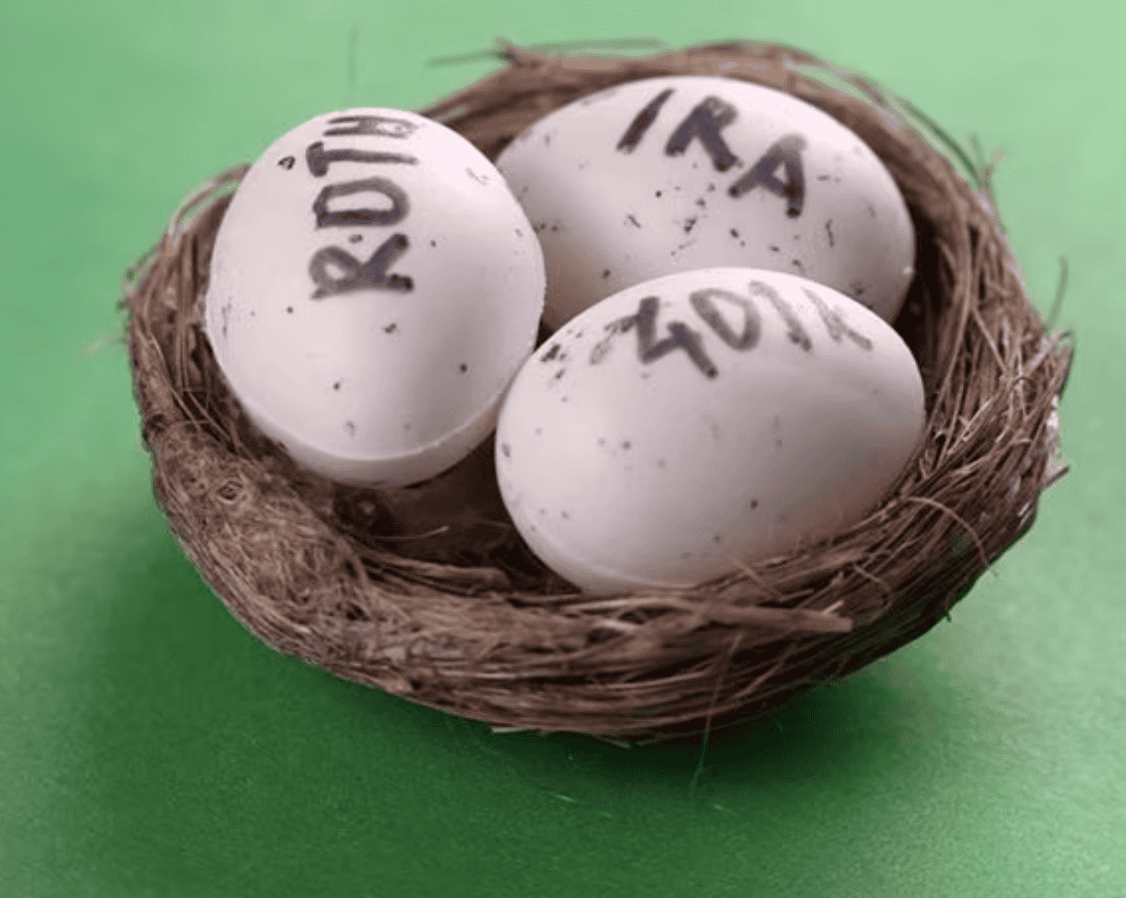Once you receive a retirement plan distribution, then you have some planning to do.
One part of that planning is deciding how you are going to roll over the funds into any new vehicle(s) and begin to enjoy the fruits of your labors.
The IRS website nicely summarizes the main reason why many Americans who are saving for a stress-free retirement would do this:
When you roll over a retirement plan distribution, you generally don’t pay tax on it until you withdraw it from the new plan. By rolling over, you’re saving for your future and your money continues to grow tax-deferred.
If you don’t roll over your payment, it will be taxable (other than qualified Roth distributions and any amounts already taxed) and you may also be subject to additional tax unless you’re eligible for one of the exceptions to the 10% additional tax on early distributions.
Generally, it’s prudent to complete this process within 60 days in order to avoid any potential tax consequences or penalties. We’ll clarify that in just a second.
But just taking a quick look at the official chart and you can see why making a wise choice requires consideration (72 cells and seven footnotes!)
On top of the potential confusion any older American might feel after looking at the chart above, Denise Appleby, CEO of Appleby Retirement Consulting found that people make 3 key mistakes when rolling funds into a new retirement vehicle.
She listed them as follows:
1) Bypassing the once-per-year IRA rollover rule.
2) Missing the 60-day rollover deadline.
3) Losing eligibility for the 10% penalty exception.
So let’s briefly go over these in a bit more detail, so you can plan your retirement a bit more effectively.
#1: Breaking the one-per-year limit
This happens more often than you might think!
Appleby said: “The biggest one is breaking the one-per-year IRA to IRA rollover rule, and that happens because people are impatient.”
Impatience can cost you big in terms of annual “excess contribution” taxes and other penalties. (Like a 10% penalty if you’re under 59 ½ years old.)
With that in mind…
#2: Missing the rollover deadline
Make the mistake of missing this deadline and you’re shooting yourself in the foot:
If you fail to meet the 60-day window, you could suffer a few consequences:
You may owe taxes and penalties. You lose out on the tax advantages of the account. You lose out on any investment returns.
Missing the deadline basically means pre-tax income could be treated as regular income during tax season. Let’s make sure not to miss out on this advantage. (See the official IRS guidelines to learn more.)
Let’s continue…
#3: Ignoring tax exceptions
Here’s the summary of the 10% penalty taken from the IRS website:
Generally, the amounts an individual withdraws from an IRA or retirement plan before reaching age 59½ are called “early” or “premature” distributions. Individuals must pay an additional 10% early withdrawal tax unless an exception applies.
This is an “extra” tax, because unqualified withdrawals are both taxed as income and another 10% withdrawal penalty minimum (in some cases, the withdrawal penalty rises to 25%!).
On the other hand, once you turn 60, in most cases you won’t be subject to these punitive taxes.
But there are other exceptions to this tax to consider before you turn 60. For example, three of the exceptions taken from the IRS chart are as follows:
1) After death of the participant/IRA owner
2) Total and permanent disability of the participant/IRA owner
3) In-plan Roth rollovers or eligible distributions contributed to another retirement plan or IRA within 60 days (also see FAQs: Waivers of the 60-Day Rollover Requirement)
You can see how following the 60-day rule described above is important.
There is still one more mistake that Appleby didn’t address in her comment from above, though…
#4: Failure to diversify your investments
You have a critical opportunity to consider when you roll over your savings from one retirement vehicle into another: The opportunity to appropriately diversify your portfolio.
We cover diversification of assets on this website quite extensively, and with good reason. Properly diversifying your retirement savings can help ensure your financial future is stable regardless of the state of the economy. After all, we all want to maximize our chances of enjoying our golden years. (And, if we’re fortunate, pass on a legacy to our heirs.)
Rollover time is a great moment to consider diversifying your retirement savings with physical precious metals like gold and silver. They’re historical safe-haven assets, great protection against inflation and they have intrinsic value that isn’t devalued by money-printing.
Want to learn more about proper diversification? Learn more about the benefits of diversifying with physical precious metals here.

